|
Sadly, the 2014 Galapagos field season is over for me, and I’m now enroute back to Panama via Guayaquil. In all, we've captured, banded and measured over 140 ground finches so far- a very promising start to the 2014 field season! After so much talk of finches over the past 2 weeks, here are a few shots of some of the other astounding creatures that we’ve been able to get close to during our time on the islands.
12 Comments
Between January 14th and 23rd, we were joined by a fantastic and enthusiastic group of Earthwatch volunteers who helped us in all aspects of the project above. Dubbed Team MAG-nificent (after the large ground finch, G. magnirostris), they assisted us in mist-netting, banding, measuring and observing Darwin’s finches at our two study sites on Santa Cruz Island.
We were fortunate to receive a grant this year from Earthwatch Institute to return to the Galapagos Islands, and follow up on an intriguing finding from Luis’ dissertation work here: that human settlement on Santa Cruz Island may be influencing the evolution of beak morphology in the medium ground finch, Geospiza fortis. Specifically, Luis and colleagues found that there was a greater divergence between small and large-beaked morphs of G. fortis at an undisturbed site (El Garraptero) than at a site adjacent to a human settlement (Academy Bay). They hypothesized that the abundance of novel human food types at Academy Bay (e.g. rice, potato chips, crackers) may be relaxing selection on beak morphology and resulting in a homogenization of this population of G. fortis (View the original article in Evolution here).
We’re following up on this work by conducting detailed feeding observations of G. fortis in both perturbed and unperturbed sites, as well as continuing our multi-year program of banding and measuring all 3 species of ground finches found in the area: the small (G. fuliginosa), medium (G. fortis), and large (G. magnirostris) ground finch. I’ve decided to start a small blog to share news and photos from my field work, research updates, and other interesting tidbits. Hopefully this will be of interest to some!
|
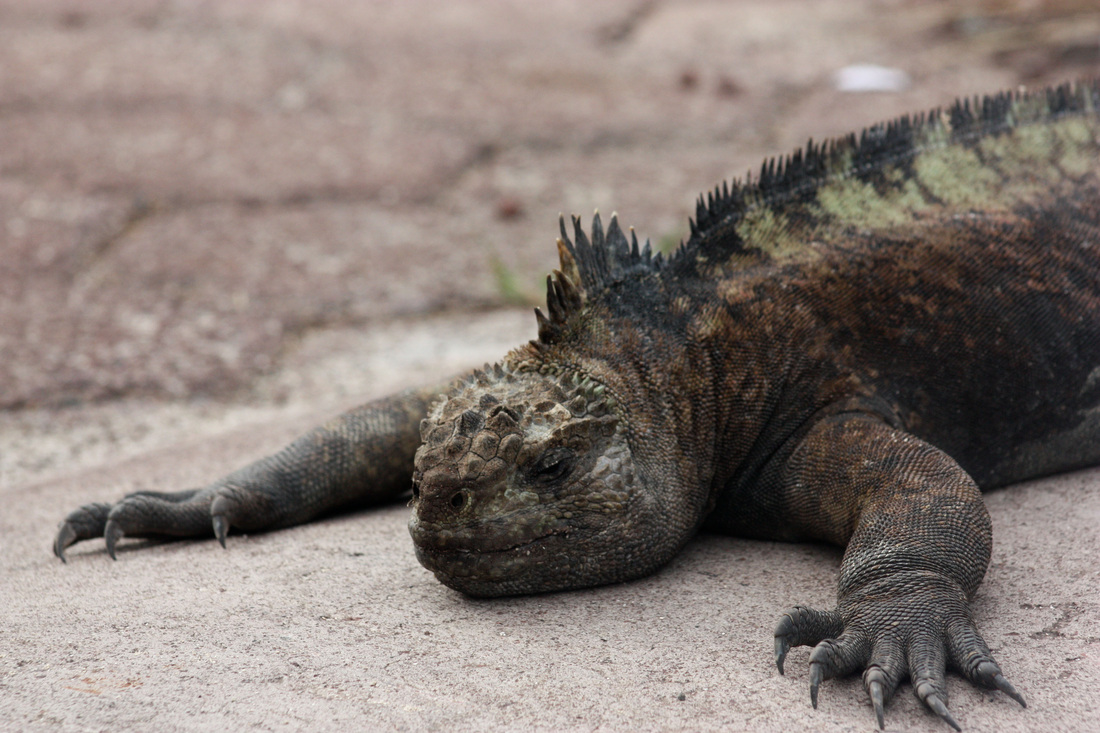
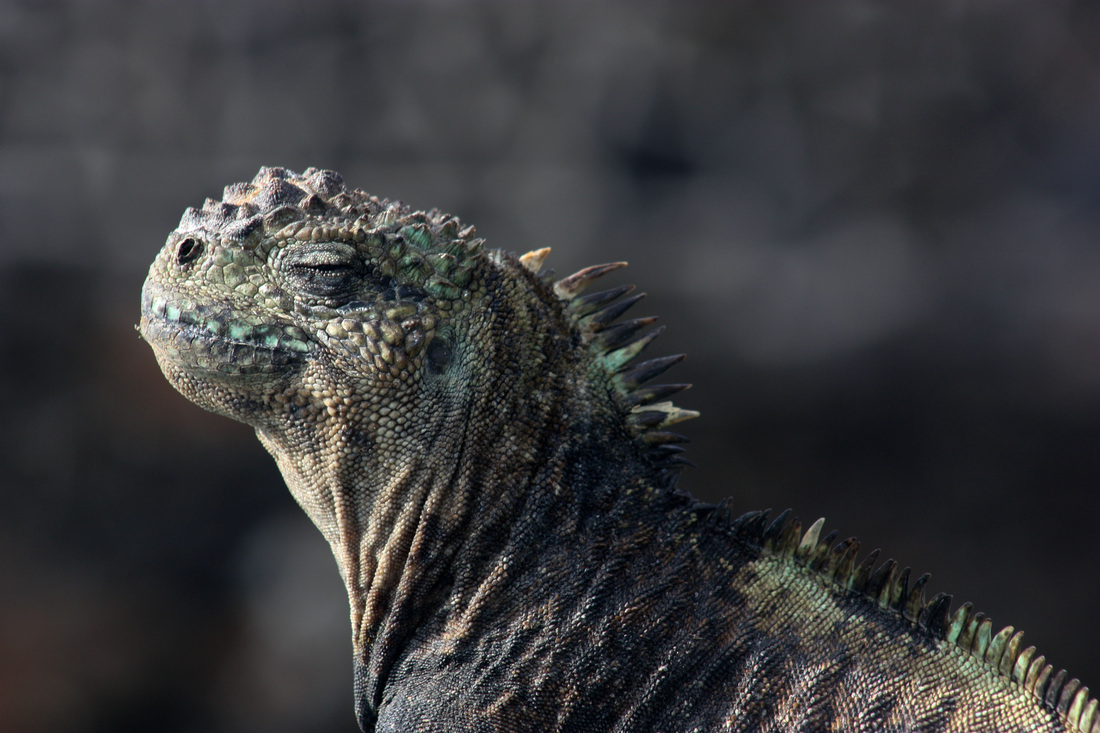
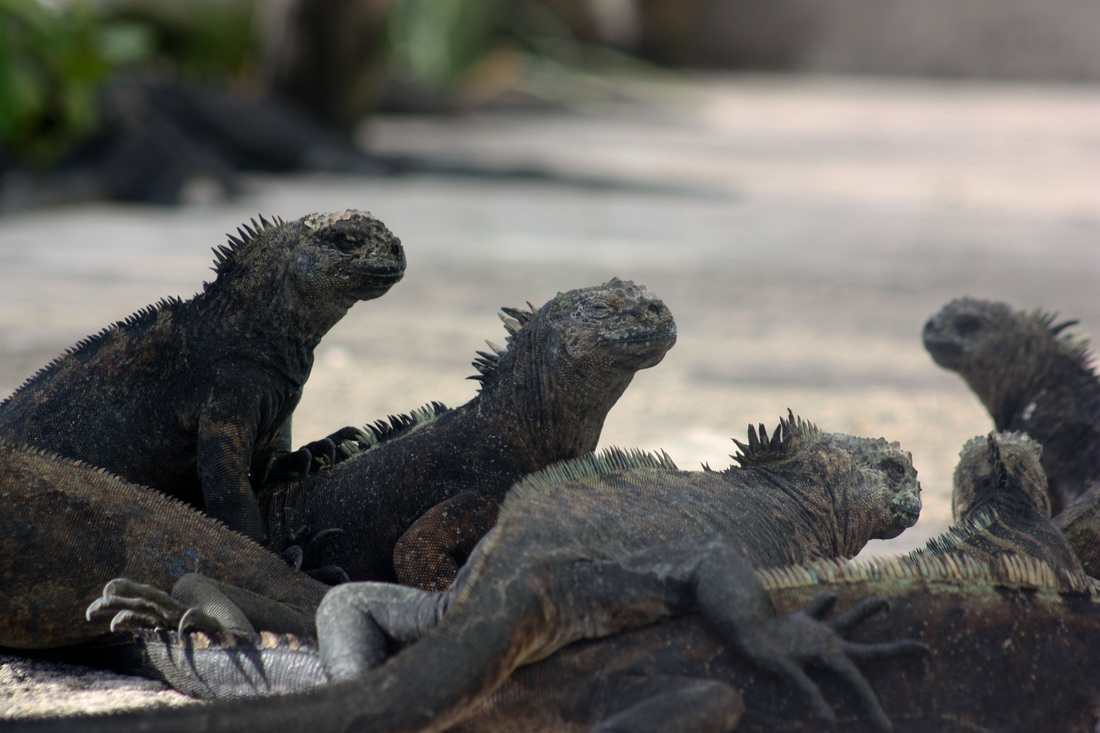
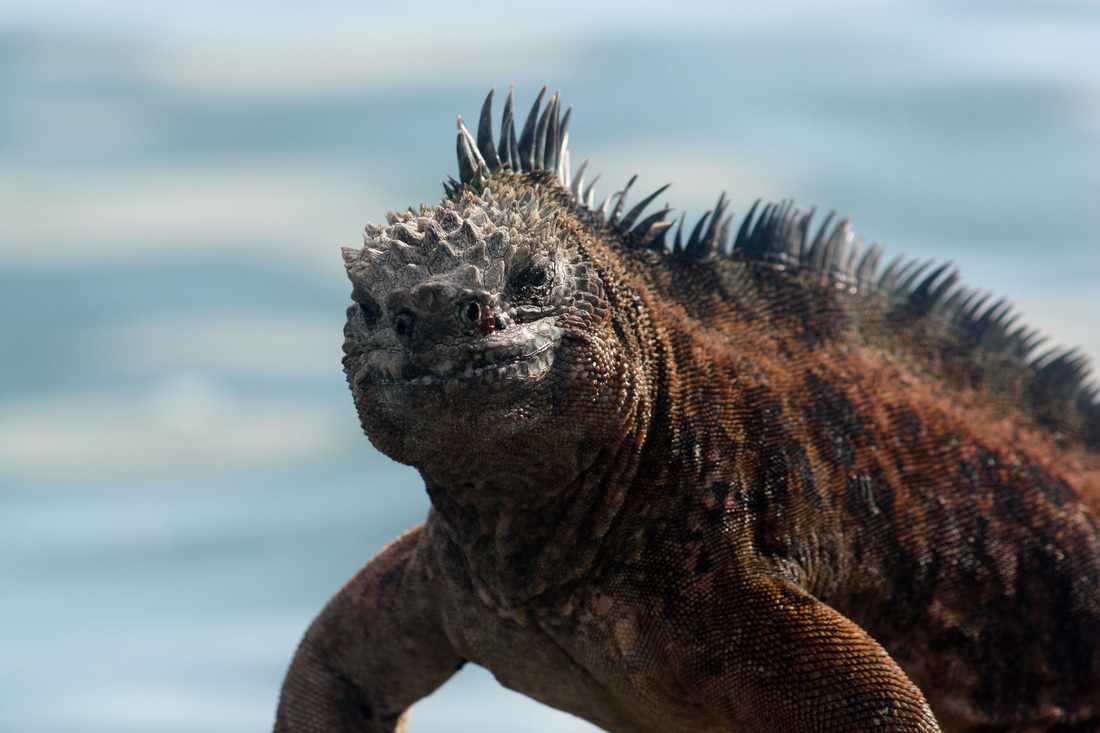
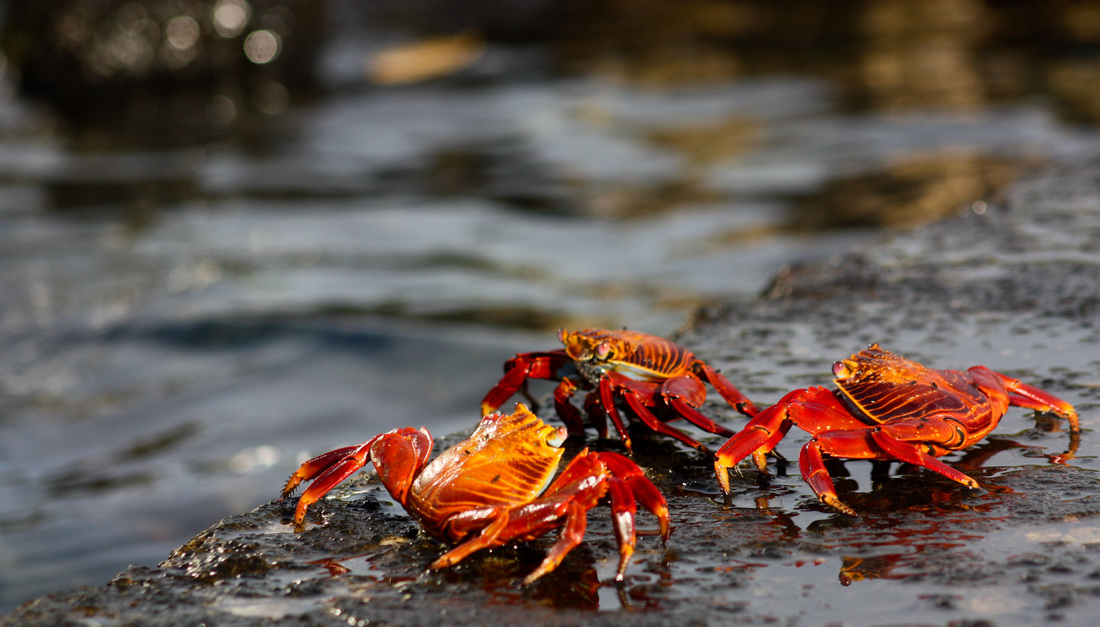
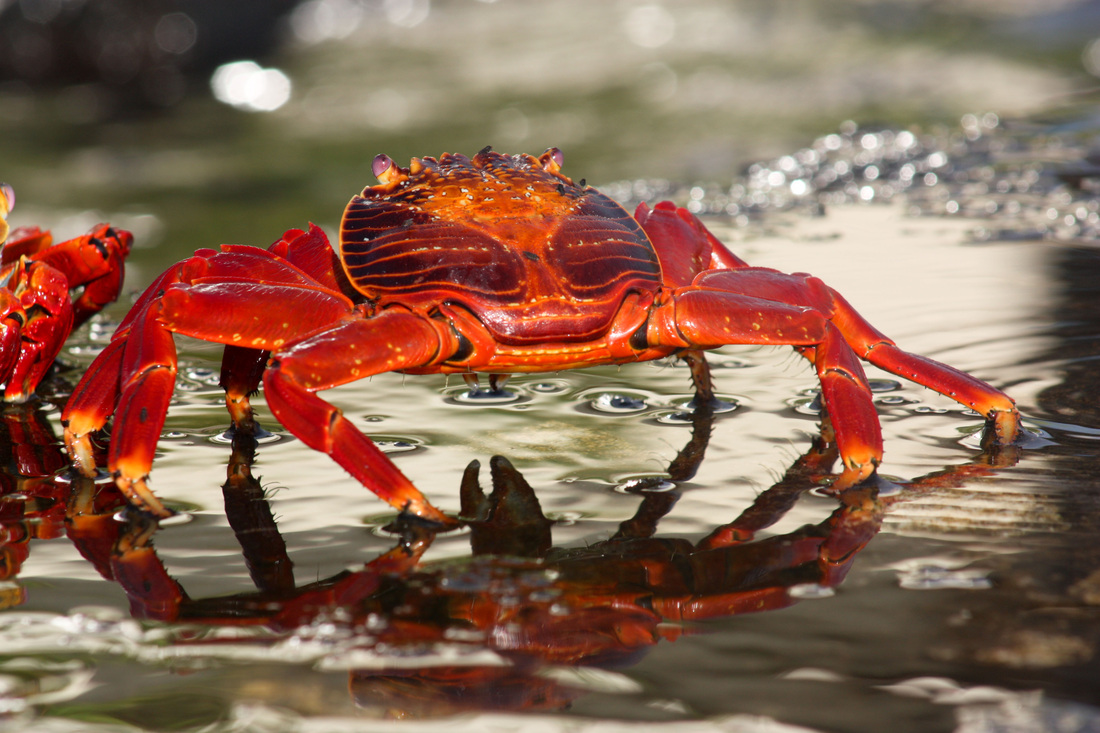
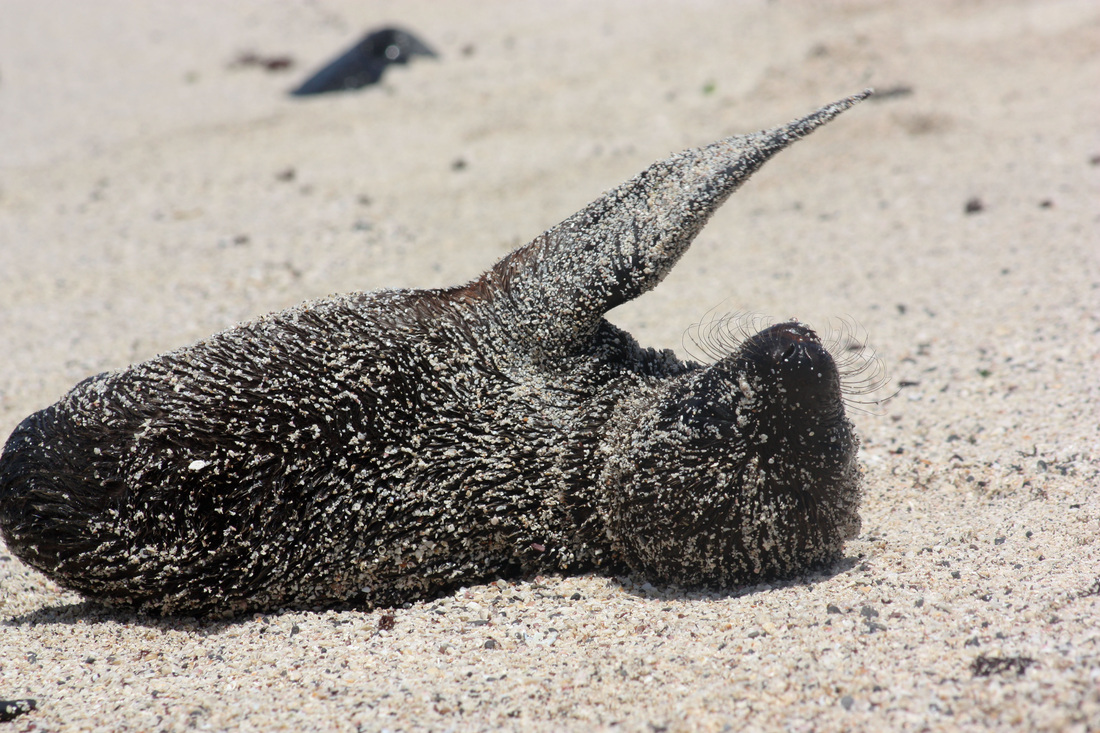
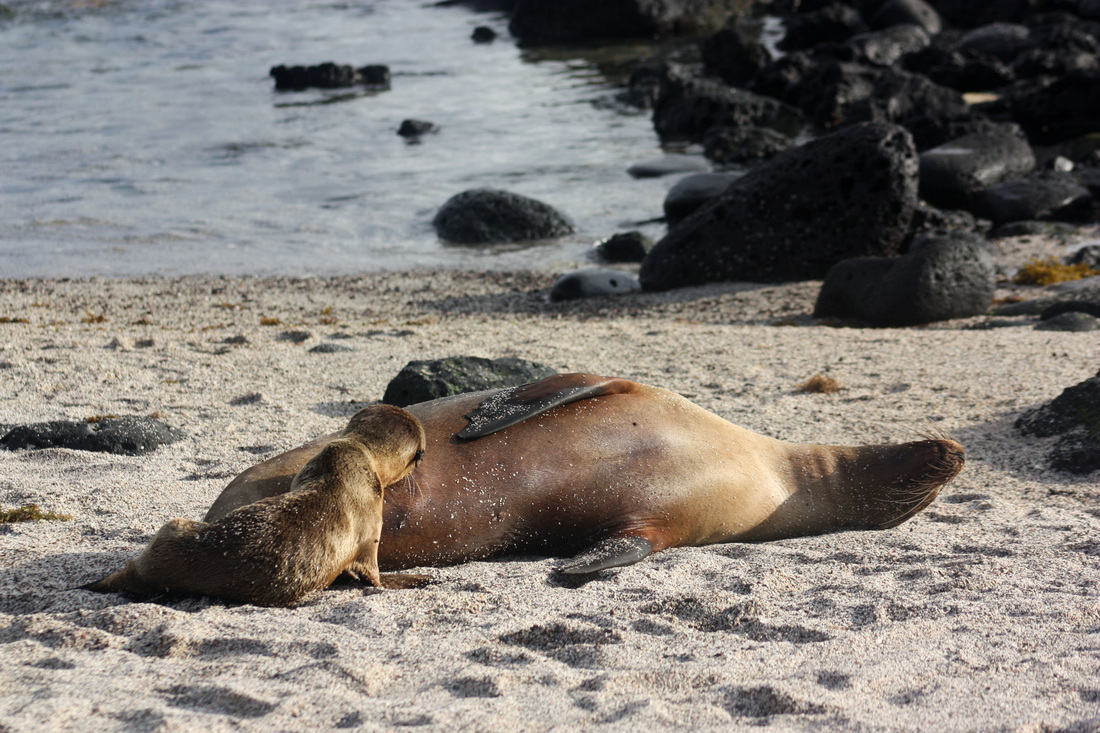
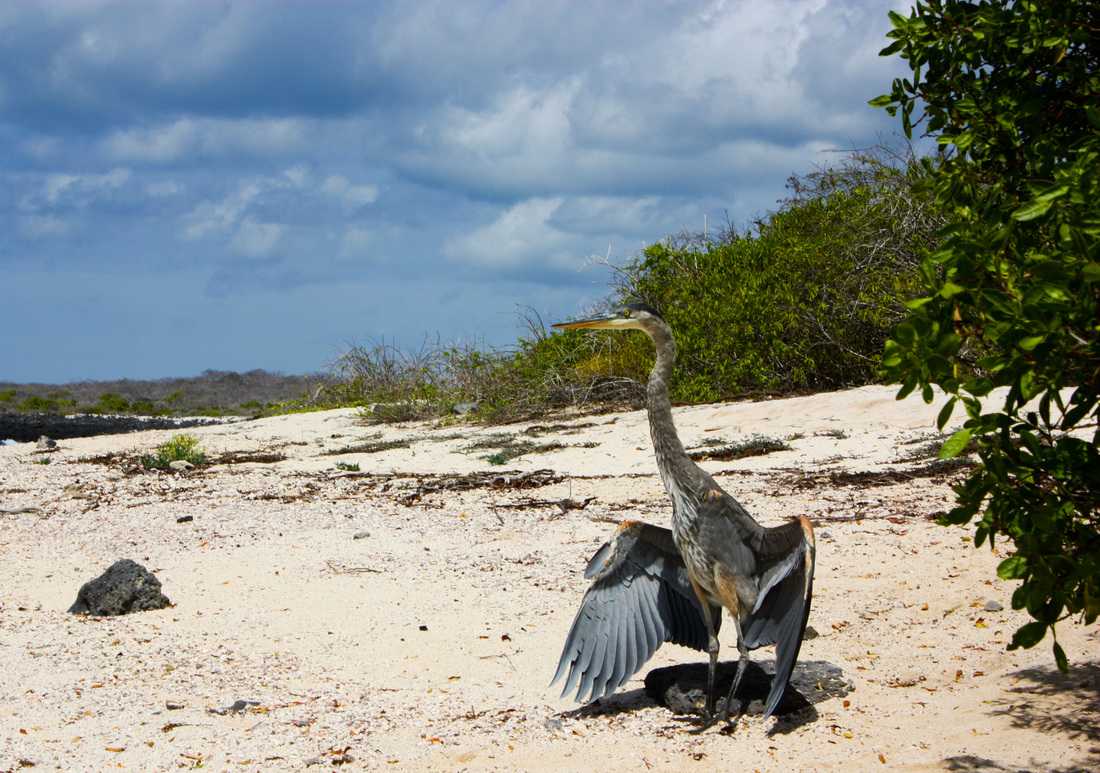

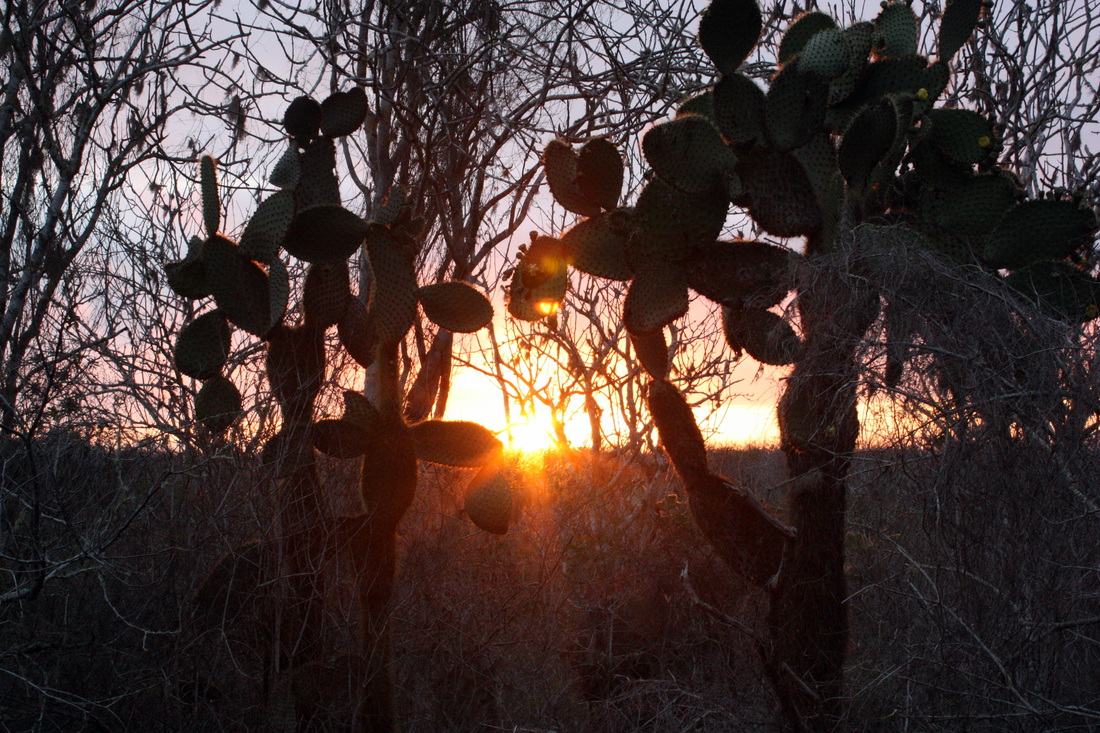


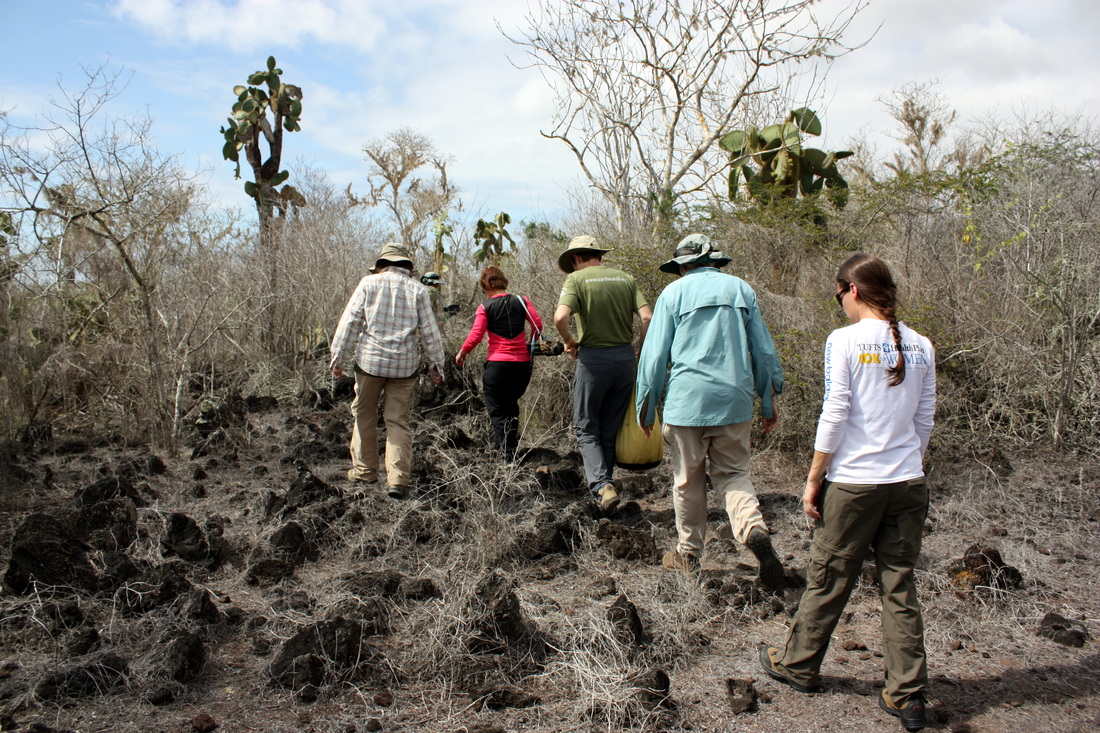
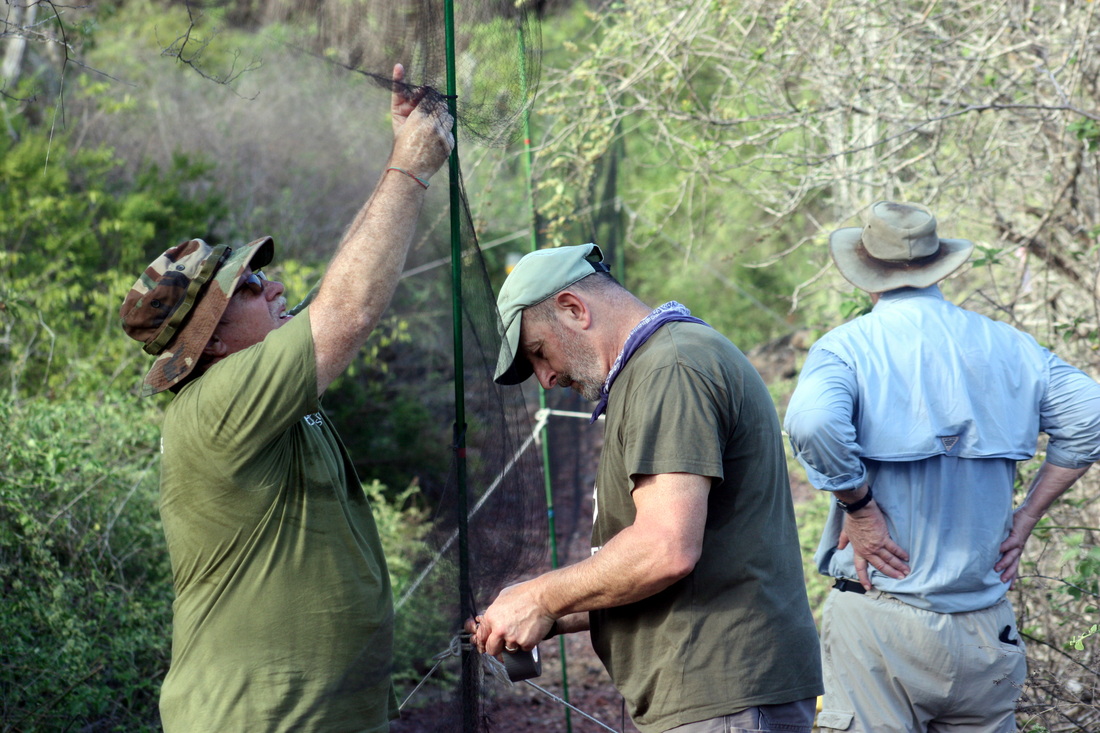
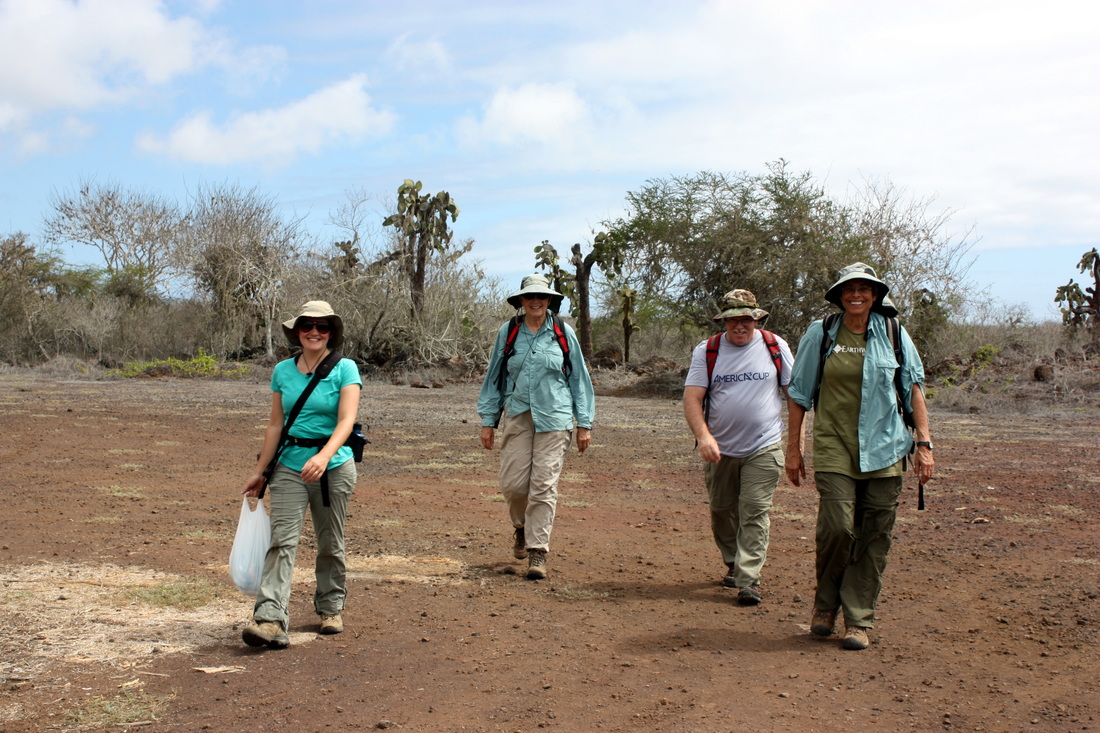
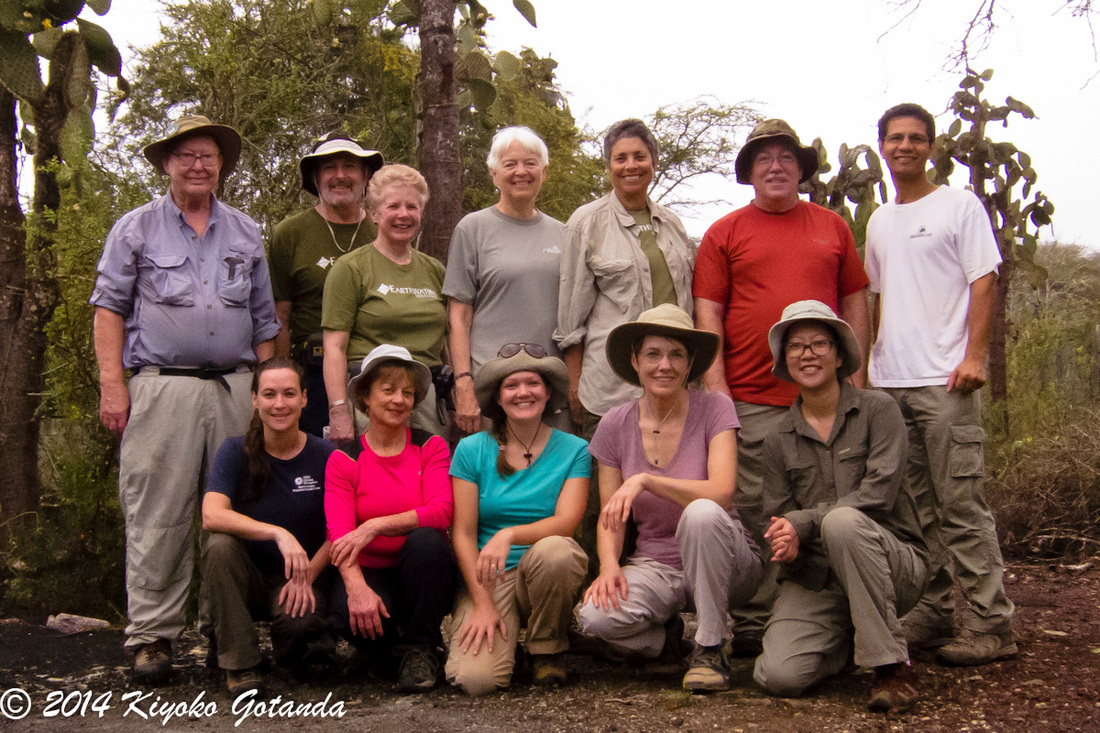
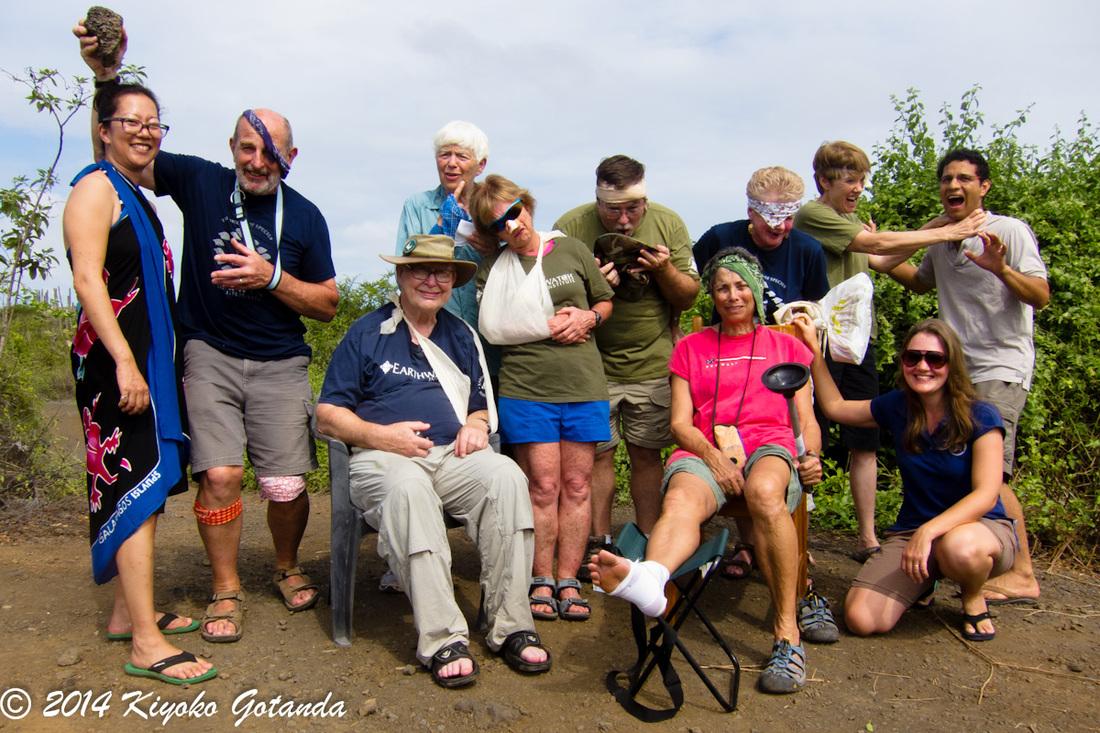
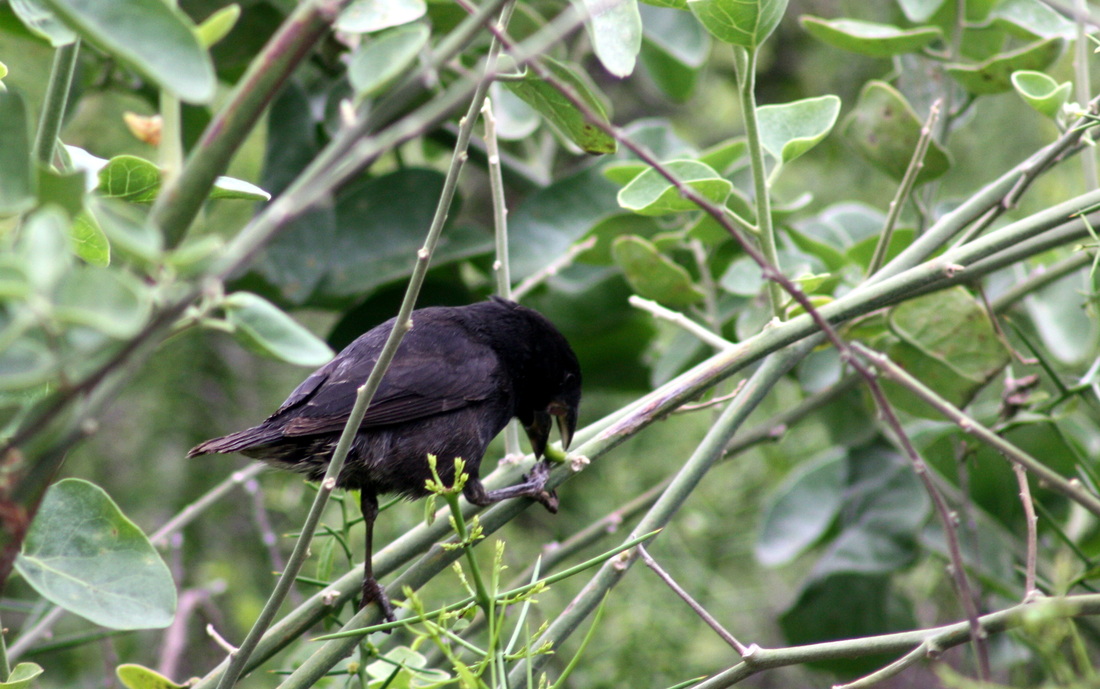
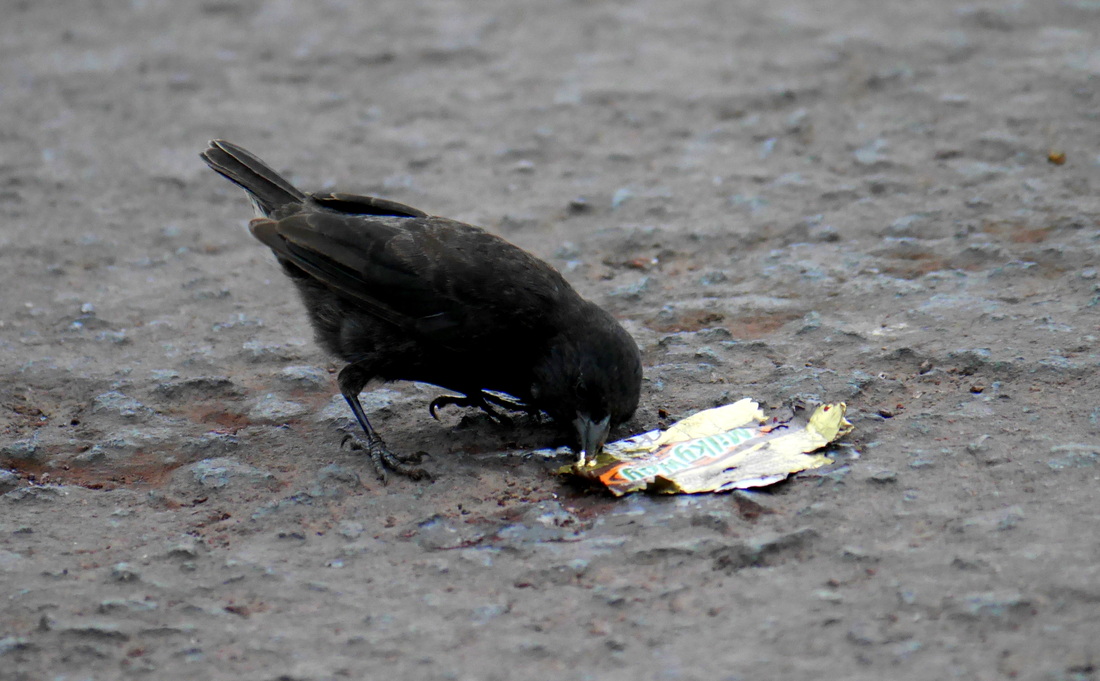
 RSS Feed
RSS Feed
